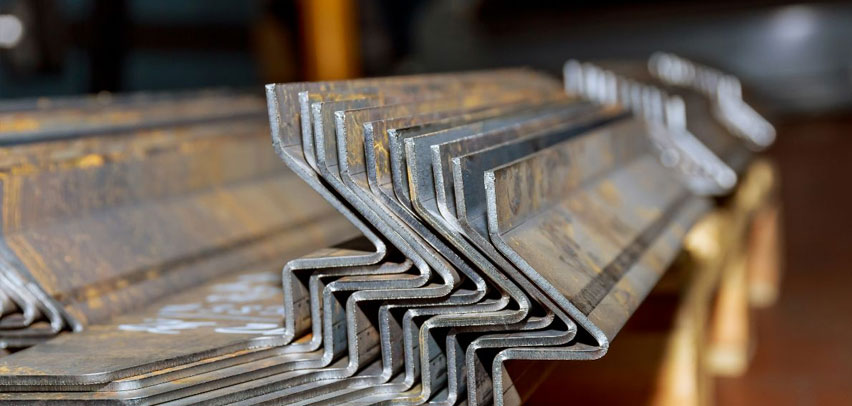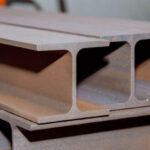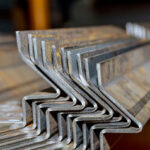Introduction
Steel angles are fundamental elements in construction and manufacturing, offering versatility and strength. But what exactly are steel angles, and how can they be used to benefit your projects? In this comprehensive guide, we’ll dive into the world of steel angles, discussing their various applications, benefits, and types. Whether you’re a seasoned builder or a DIY enthusiast, this article will equip you with the knowledge you need to make the most of these indispensable components.
What Are Steel Angles?
Steel angles are pieces of steel bent at a 90-degree angle, forming an “L” shape. These angles can vary in size and thickness, making them suitable for a wide range of applications. They are typically made from high-quality steel and can be treated or coated to enhance their durability and resistance to corrosion.
Common Uses of Steel Angles
Steel angles are incredibly versatile and are used in various industries. Here are some common applications:
- Construction: Steel angles are often used in building frameworks, providing support for structures like bridges, buildings, and towers.
- Manufacturing: In manufacturing, steel angles are used to create frames for machinery and equipment.
- Reinforcement: They are also used to reinforce concrete structures, adding strength and stability.
- Shelving and Storage: Steel angles are perfect for constructing shelving units and storage racks due to their strength and durability.
- Automotive: In the automotive industry, steel angles are used in the frames of vehicles and trailers.
Benefits of Using Steel Angles
There are several advantages to using steel angles in your projects:
- Strength and Durability: Steel angles provide excellent structural support and can withstand heavy loads and harsh conditions.
- Versatility: They can be used in a wide variety of applications, from construction to manufacturing.
- Cost-Effective: Steel angles are generally affordable and provide a cost-effective solution for many structural needs.
- Ease of Use: They are easy to work with and can be cut, welded, and drilled to fit specific requirements.
- Corrosion Resistance: When treated or coated, steel angles can resist corrosion, extending their lifespan.
Types of Steel Angles
Steel angles come in different types, each suited for specific applications. The most common types include:
- Mild Steel (MS) Angles: Mild steel angles are strong, cost-effective, and versatile, making them suitable for a wide range of structural applications.
- Stainless Steel Angles: Stainless steel angles are known for their corrosion resistance and durability, making them suitable for harsh environments and industries where hygiene and resistance to chemicals are critical.
How to Choose the Right Steel Angle for Your Project
Choosing the right steel angle involves considering several factors:
- Load Requirements: Determine the weight the angle needs to support. This will help you decide on the thickness and size of the steel angle.
- Environment: Consider whether the angle will be exposed to moisture or chemicals. For outdoor or corrosive environments, galvanized or stainless steel angles are best.
- Application: Think about the specific use of the steel angle. For instance, equal angles are generally used for support, while unequal angles might be chosen for custom designs.
- Budget: Balance your needs with your budget. While stainless steel offers the best corrosion resistance, it is also more expensive than regular steel or galvanized steel.
Maintenance and Care Tips for Steel Angles
To ensure the longevity of steel angles, follow these maintenance and care tips:
- Regular Inspection: Periodically check for signs of rust or wear and address any issues immediately.
- Proper Storage: Store steel angles in a dry, covered area to prevent exposure to moisture and corrosive elements.
- Coating and Painting: Apply protective coatings or paint to steel angles to enhance their resistance to corrosion.
- Cleaning: Keep steel angles clean, especially if they are exposed to harsh environments. Use appropriate cleaning agents that do not damage the metal.
Conclusion
Steel angles are indispensable in various industries due to their strength, versatility, and cost-effectiveness. By understanding the different types and applications, as well as how to choose and maintain them, you can ensure your projects are built to last. Ferrite Structural Steels Pvt Ltd. is a major manufacturer and supplier of high-quality steel angles. With years of experience in the industry, we provide a wide range of steel products that meet the highest standards of quality and durability. Our steel angles are used in various applications, from construction to manufacturing, ensuring reliability and strength in every project. When in doubt, consulting with Ferrite Structural Steels Pvt Ltd. can provide the guidance and high-quality materials you need for success.











